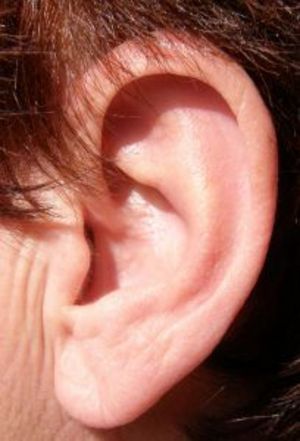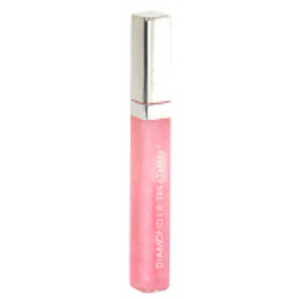About 35 percent of adults over 40 in the United States are affected by dizziness, imbalance, and vertigo due to vestibular dysfunction according to the Vestibular Disorder Association. The vestibule of the ear is the central portion of the inner ear that controls balance. Normal balance depends on tiny crystals, called otoconia, that are linked to sensory cells in the inner ear. The information received by these cells is then processed by the brain. Very little is known about how the crystals are formed and maintained. Researchers in Spain discovered that a cellular process, called autophagy, affects the integrity of the inner ear crystals and is essential for balance.
Mice without balance
The Spanish researchers studied mice that had reduced amounts or completely lacked an important component of autophagy. Autophagy is a cellular process where cells digest unwanted cellular constituents and recycle them. To the researchers’ surprise, they noticed that the mice had problems with balance. They tilted their heads, moved in circles, and were unable to swim. The researchers found that the tiny crystals in the inner ears of these mice were defective. The crystals are made up of calcium carbonate and proteins. In the balance-impaired mice, the crystals were not properly assembled and the proteins that make up part of the crystals were present only in very small amounts. These results may lead to the development of new therapeutics to treat balance problems and dizziness in humans. Falls are a serious consequence of balance problems, especially in the elderly.
Dizziness from vestibular disorders
The vestibular system consists of the inner ear and its connections to the brain. The vestibular system controls balance. Dizziness caused by a vestibular disturbance can last from seconds to long uninterrupted periods. Younger people often experience vestibular dizziness caused by ear infections or head and neck injury such as whiplash. Aging, in people over 50, even in the absence of ear infection or head injury, can be a risk factor for vestibular dizziness or positional vertigo. Although underlying disease or injury can damage the inner ear, until now the exact cause of vestibular dizziness was unknown. The results of the mouse study suggest that a defect in the autophagy mechanism and/or abnormal crystal formation in the inner ear cause vestibular dizziness.
Dizziness from non-vestibular causes
Although the inner ear is critical for balance, a feeling of dizziness can also be caused by visual disturbances and decreased blood flow to the brain. People often feel dizzy, when they first try on a pair of bi-focals or they get dizzy when they rise quickly from a lying or sitting position. Non-vestibular dizziness can also be caused by abnormal brain function, such as occurs during hyperventilation when the brain cells don’t get enough oxygen. Tumors of the brain stem or brain may also cause non-vestibular loss of balance. Even stress or fatigue, when it affects brain cells, can cause dizziness.
Sources
http://vestibular.org/vestibular-disorders/statistics.php
Marino, G. et al. Autophagy is essential for mouse sense of balance. Journal of Clinical Investigation (2010) 120: 2331
http://www.sciencedaily.com/releases/2010/06/100623123349.htm




